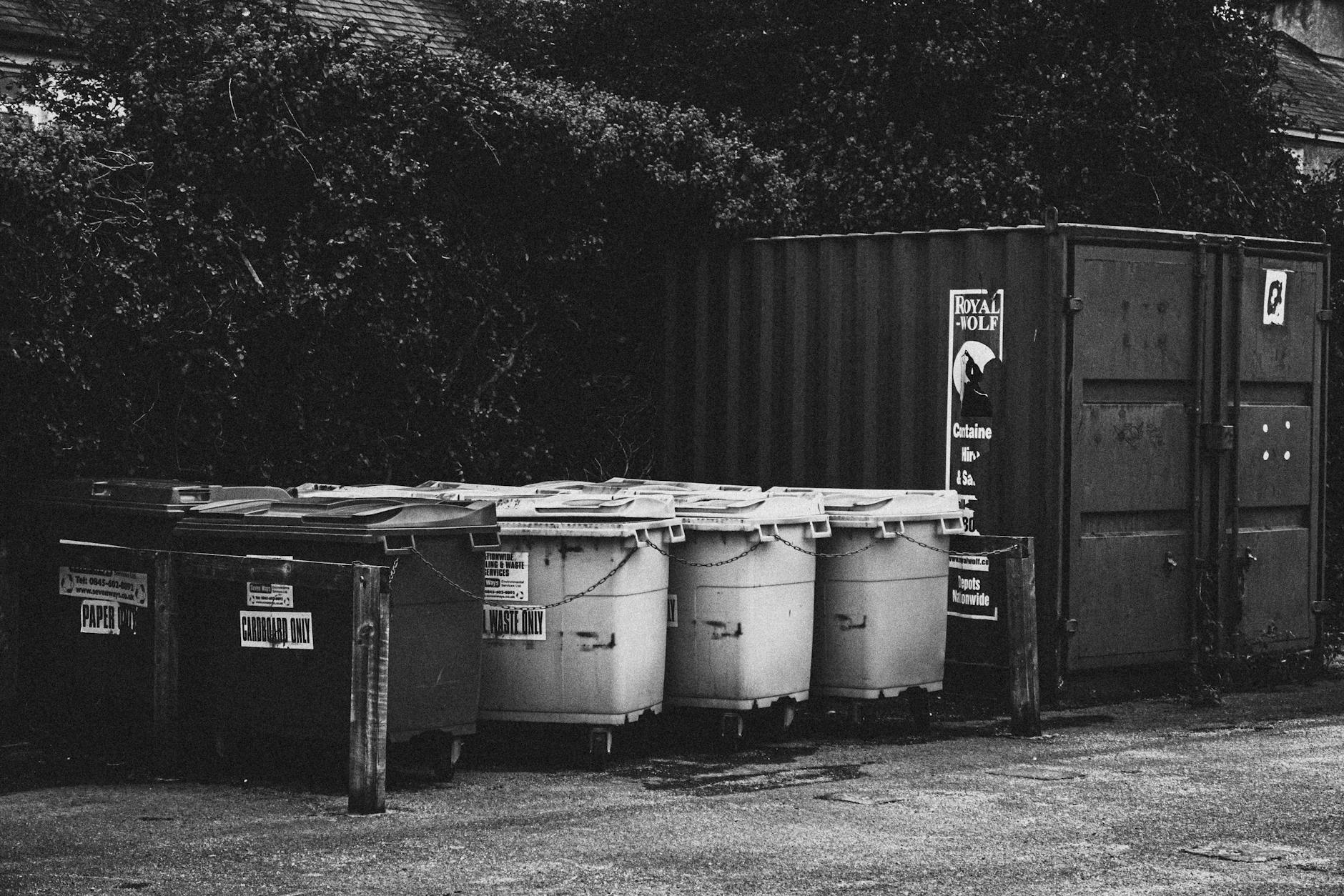The Internet of Things (IoT) could be defined as the set of devices and objects that have the ability to connect with each other and exchange data via a mobile network.
Within a technological revolution that is running parallel to the digital transformation of society, many areas are being affected by this technological acceleration.
The IoT, which has numerous professional opportunities, is helping to streamline, improve and automate different processes in areas as varied as industry, mobility and agriculture.
Let’s take a look at some examples of how the Internet of Things can facilitate tasks related to our daily lives.
Examples of the use of the Internet of Things (IoT)
Once the theoretical definition of the Internet of Things is briefly known, knowing concrete and specific use cases can help us to visualise more concretely how this technology can help us.
It should be pointed out that the support of 5G technology is fundamental for the development of IoT, making it possible to provide greater bandwidth, higher speed and lower latency, which enables a secure and stable connection to thousands of devices simultaneously.
Smart agriculture
Digital transformation encompasses many aspects of everyday life, and agriculture is no exception. The Internet of Things helps, together with other technologies, to deploy sustainable and smart agriculture through the digitisation of the field with the aim of making better decisions.
Data collected through IoT devices and satellite imagery captures the state of crops or soil.
In this way, a number of advantages are achieved, such as:
- Optimising the use of resources. In addition to saving costs, being able to have an optimal use also serves to improve sustainability.
- Improved decision-making. Having information collected by Internet of Things devices, as we mentioned previously, helps to know in detail the state of the crop and to be able to make decisions with more precision and, therefore, maximise yields.
- Optimise times. Having digitalised certain tasks allows future campaigns to be planned, reducing the time spent on management and, in this way, increasing efficiency.
- Prevent diseases and pests. With AI algorithms, it is possible to detect the risk of plants suffering from diseases and thus anticipate these possible eventualities. This would reduce crop losses.
- Anticipate adverse events, such as various unforeseen events that may arise or changes in the environment.
Waste management
Something we may not consciously pay attention to but which is fundamental to our daily lives, waste management, also benefits from IoT technology and data analytics.
This allows information such as container fill levels to be known and thus enable collection to be organised more efficiently.
This control over routes based on these fill levels results in more efficient management, leading to lower fuel consumption and therefore lower emissions.
More efficient route management also helps to reduce traffic congestion.
It can also be used to prevent litter piling up on the streets or to detect incidents such as fires, overturns or vandalism in containers in real time.
Smart homes
The development of the Internet of Things and connectivity is leading to increasingly sophisticated automation that benefits users by making it easier for them to control devices that until recently were ‘unconnected’.
Having precisely this remote control of certain elements of the home brings with it certain benefits, for example in the areas of security or energy efficiency.
The smart home is therefore no longer a futuristic concept related to the realm of science fiction. Some of the elements that can be controlled by IoT sensors include the following:
- Climate control. Controlling the temperature of the different rooms in the home can be used to save both from an economic perspective and from an energy point of view.
- Opening and closing. The mobility of blinds or curtains can also be done remotely thanks to this technology.
- Leisure and multimedia. Something that may seem minor in comparison to other advantages, but which, for example, can make audiovisual consumption more comfortable.
- Security. Alarms or security cameras can be controlled remotely.
Telefónica, leader in IoT
Providing its Internet of Things services through Telefónica Tech, Telefónica has been a leader in IoT managed services for a decade in the Gartner Magic Quadrant 2024 for Managed Services for IoT Connectivity worldwide.
Telefónica Tech is also considered a leader in Internet of Things for Kaleido Intelligence, thanks to the potential of its Kite platform and its ability to integrate different technologies to offer various value-added services. Likewise, this analyst firm has also valued Telefónica Tech’s leadership in the development of private connectivity networks.

Tyler Fields is your internet guru, delving into the latest trends, developments, and issues shaping the online world. With a focus on internet culture, cybersecurity, and emerging technologies, Tyler keeps readers informed about the dynamic landscape of the internet and its impact on our digital lives.


